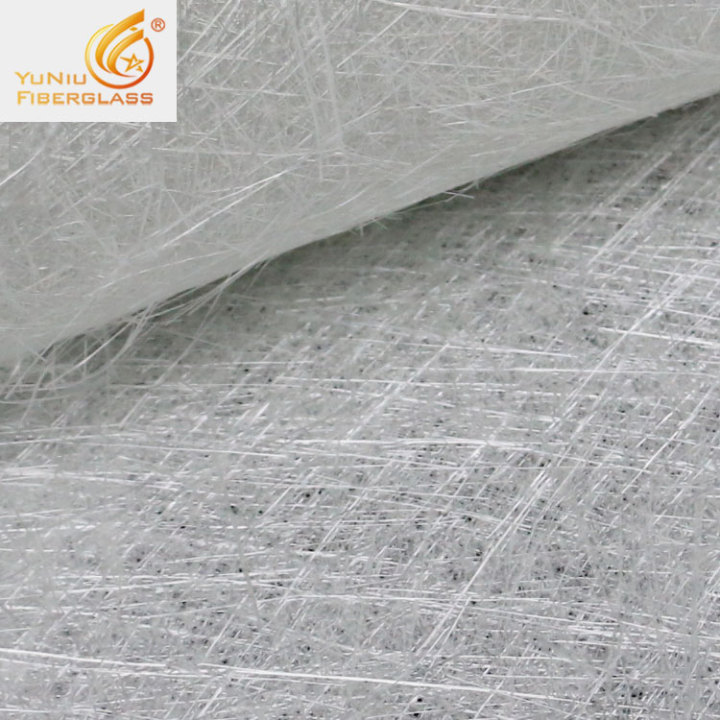Plasters and renders need a helping hand to bond to their surfaces effectively and maintain structural integrity. Given that they are made of small grains or particles, plasters and renders have low tensile strength; when applied in a liquid state, they can’t keep themselves up without something to hold onto.
Integrity problems don’t arise when the plaster or render is applied on small areas or heavily-textured surfaces. However, when it involves an entire wall or areas where forces are applied such as ceilings or floors, you need to provide some structural integrity.
Using mesh during plaster or render work can be compared to a house needing a framework – in both instances, a structure is needed to keep them strong and holding firm.
Plaster mesh is the simple solution, but has multiple benefits:
- It gives your plasterwork something to bond onto
- It offers structural integrity
- It protects against cracking or even – with certain types of mesh – allows for movement
By applying mesh to your floor, wall or ceiling first, you create a far more complete surface, with the render and mesh working together to deliver a durable layer that will last long and resist wear, impact and movement.
Post time: Jul-23-2021
